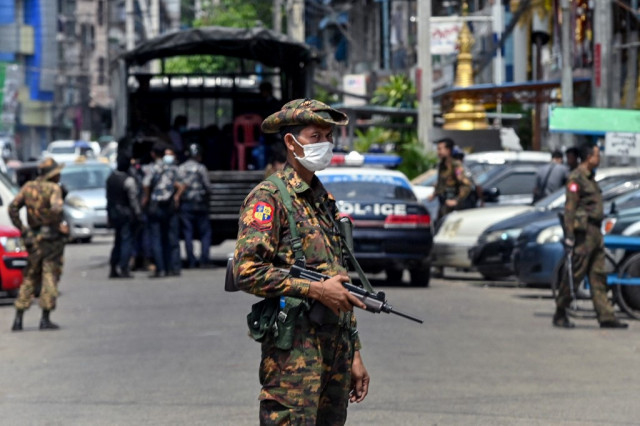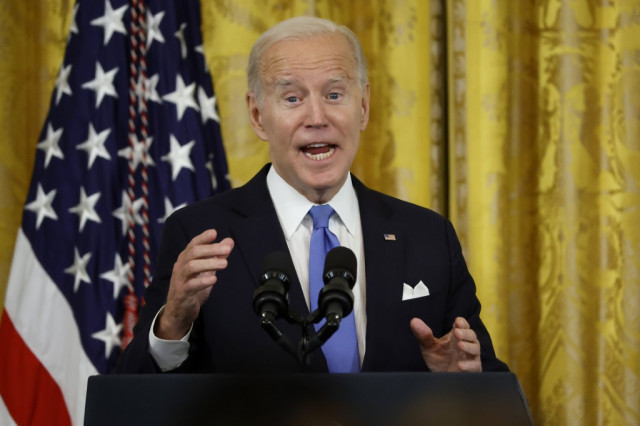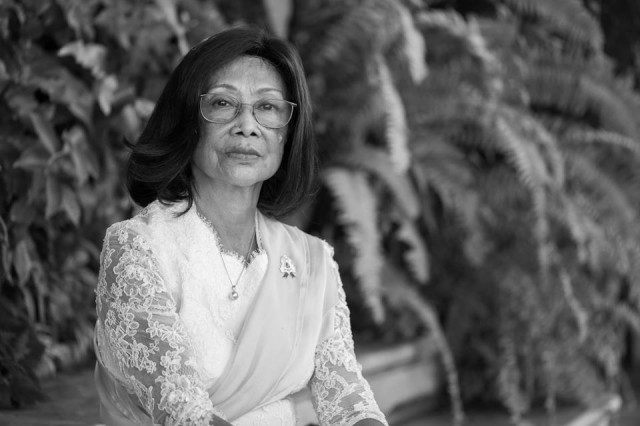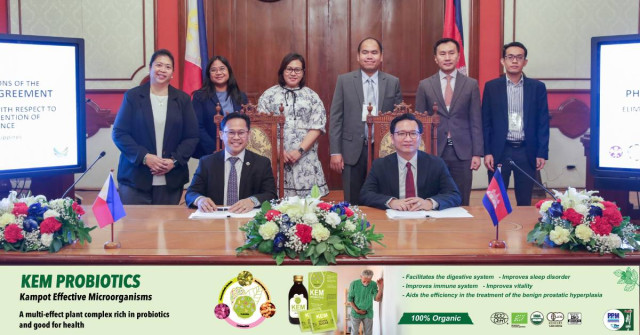Cambodians Learning to Value Exploring Cambodia
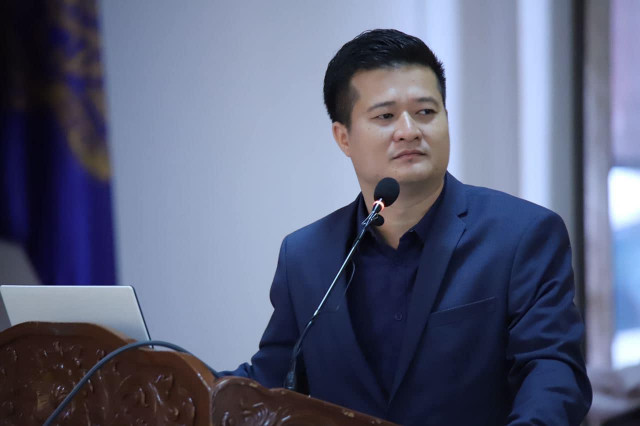
- Ky Chamna
- October 8, 2020 10:33 AM
As the COVID-19 pandemic has all but wiped out international tourism, Cambodians are rediscovering the hidden gems within their own country. As the entire tourism sector attempts to pivot towards domestic tourism, Sa Dina—founder of Cambodia Amazing Trip Planner and the Royal Archery Club—sat down with Cambodianess to explain the cultural and historical aspects that underpin domestic tourism destinations.
Ky Chamna: Cambodia Amazing Trip Planner is a local tourism service, so can you talk us through the purpose of your creation?
Sa Dina: Firstly, it was created out of a sense of love and as a means to contribute positively to society. In the past 10 to 15 years, domestic tourism in Cambodia was minimal—plenty of tourists came from overseas, but why were there so few domestic tourists?
When setting up Cambodia Amazing Trip Planner, we established that not many Cambodians really knew where to go and what to see in their own country, so we began exploring new potential destinations.
Ky Chamna: What sparked your sense of love in the first place?
Sa Dina: Firstly, as a Cambodian, how much do you actually know about Cambodia? The first thing we should do is be willing to learn about those crucial places. Until then, how can you love all of the things our nation has? Without being able to reach these places, you won’t have the love needed to help protect our natural resources and our ancestral heritage.
In the last five years, much has changed. More people are spending their time traveling their own country, but now with the COVID-19 pandemic, the number of domestic tourists in Cambodia has increased remarkably—so now it’s very important to share information about where to go.
Ky Chamna: There’s an obvious love among Cambodians for traveling abroad, so how do you get them to value destinations in their own country?
Sa Dina: For me, there have been many obstacles and difficulties. However, I never let myself down. If you manage to get over the obstacles, you will be able to comprehend a bigger and a different view. In many foreign countries, their tourism packages have been managed very well and they also have plenty of leisure destinations with so much potential. Some Cambodian tourism agencies find it easier to bring Cambodian people abroad due to their well-organized tourism packages.
In order to change the perception of our local destinations, we first have to spread the information outwards. Then, we bring the people there. It doesn’t matter how big the tour groups are, but it’s important to encourage them to explore and learn. Social media has been a big help in spreading the local cuisine, local identity and culture, as well as the natural environments that Cambodia has to offer.
Of course, we don’t want to stop people traveling overseas as crossing national borders is an important part of our development and we can learn much from things beyond our own borders. However, the economic benefits of domestic tourism contribute to helping local communities through local products, local services and preserving their natural environments.
Before the tourism potential was realized in places such as Mount T’beng or K’nang Ph’sar mountain range, the villagers who live there were working in logging and hunting. Back then, there was no real alternatives in terms of jobs for them and that is why I never put the blame on the local villagers. If you want them to stop what they were doing with the natural resources, we must introduce them a new model of improving their livelihood.
Ky Chamna: How do the local villages in these far-flung parts of Cambodia feel about the increased domestic tourism in their areas?
Sa Dina: Their overall feeling has changed dramatically when compared to before. Let’s take Mount T’beng as an example. When I was there around five years ago, the whole community had only one two-wheeled tractor and that one tractor even belonged to the local pagoda. During that time, it required a tremendous amount of effort to visit some places and we had to put lots of effort in order to climb and walk across the terrain. Nowadays, a lot of those villagers have two-wheeled tractors. In our earlier trips, we were informing them that will be many tourists visiting these places soon. However, they were not fully convinced about it. They thought that these are very remote places and why would anyone from the cities want to visit these far-flung mountain regions. But somehow, we have turned the tide.
Their perception has changed and they now have more than 20 or so two-wheeled tractors with more than 50 motorbikes. As for now, when our tour agents travel there, the villagers ask us how they can improve their local services. A man from a village, whose previous job was not so legal [logging or hunting], told me that he has now stopped his past work to focus on guiding travelers through the huge trees and relaxing shades. Most travelers also dislike eating wild animals. Instead, they enjoy cooking home-grown chickens. These changes have allowed the villagers to realize new and better possibilities. Instead of hunting wild animals, they can raise farm animals and do farming.
Ky Chamna: What needs to be done to raise the profile of Cambodia’s tourism destinations to its own population?
Sa Dina: The quality of service and productivity crucially need developing inside the Cambodian domestic tourism sector. We have to recognize that, by comparing Cambodia to regional neighbors or more economically developed nations out there, our country is just beginning to focus more on domestic tourism. Because of this, we still have some problems such as the service quality.
Sanitation is one of key point and the quality of the food is another. Sanitation, in this sense, does not have to be especially fancy. The villagers can wrap the food inside the lotus leaves. This can even be made to look decorative—if food is served in a decorative way, the visitors will love to take photos of it and share the content online. A sense of virtue in respect to pricing is also important—some shops in tourism destinations tend to overprice their services or products. Plus, some service providers do not really speak gently to their customers. It is about the hospitality.
However, for now, changes have been observed. More service providers start to understand what the customers really need. In Mount Kra Vanh, there are rooms which can cost up to $1,000 per night. Why? Because there are people who are willing to pay for the best quality of service.
Ky Chamna: After visiting these remote places of Cambodia, how do the Cambodian travelers feel about their experiences in their own country?
Sa Dina: Before we send travelers to any destinations, our team has to go and survey those places several times. We have to account for the tourism potential, the geography, the history and the safety, as well as the local cooperation of those destinations. We have worked hard to build cooperation between the local authorities and the people who live there.
After that, we also try to build awareness about the potential of those destinations through media and through our own page. During our trips, before reaching any destination, which sometimes may take more than a day, I try to share specialized knowledge and the perspective that their trip is actually benefiting the local community. Through these perspectives, some people who have been to those destinations start sharing their experiences. Their ideas contribute positive messages outwards. The word spreads.
Ky Chamna: Typically, higher-earning Cambodians will prefer to travel abroad, but as a domestic tourist service provider, how important is it for Cambodians to understand their own country—especially young people?
Sa Dina: This is the visions we have for our service in the future. Bringing children abroad is actually good. It helps those children to open up their perspective. However, if you see what’s lacking in your own country and still decide to do nothing, you’re not really contributing to your own nation. What if, instead, we try to implement those elements of other countries that are better than what’s available here in Cambodia? If we bring in good ideas from abroad, we can improve the appeal of exploring our own country. We want to inspire and motivate villagers whose areas have got tourism potential to help develop it themselves.
An example is Preah Vihear Temple—some people question why young foreigners spend so much just to see Khmer temples, but proportionally speaking, not many young Cambodians have been there, let alone understand the history behind the temple. We should want to know more about ourselves and more about our heritage—not just young people, parents too have a duty to encourage their families to appreciate the beauty of our nation. I don’t mean we should be nationalistic, but we have to value it ourselves first, before anyone else is to value us.
Ky Chamna: Complementary to your local tourism service, what sparked your ambition to create the Royal Archery Club in Prasat Bakong District, Siem Reap?
Sa Dina: Before I jump into this question, I’d like to explain a bit about the geo-historical aspect of the legacy of our once prosperous empire in ancient times. As you may know, Siem Reap Province used to be the capital of the Khmer Empire. My Royal Archery Club and Banteay Jaya 802 (Victory Base 802) are built on the land of an ancient city by the name of “Hariharalaya” which was created by King Jayavarman II. Nowadays, its name has been changed to the region of “Roluos.” During that ancient time, I believe there were army bases which existed on this land. That is why the word “Banteay” (base) was chosen.
The word “Jaya (victory)” was chosen to honor the ancient King Jayavarman II. The number “802” was the year (AD) when King Jayavarman II organized a divine ceremony to free the Khmer Empire from the oppression of nearby enemy states. And why did I choose the bows as the symbol? Well, normally, in order to show our cultural identity, we can choose many weapons such as swords or spears. However, can we allow the general people to use or play with these weapons? Normally, swords and spears are put on display only. But for bows and arrows, they are considered to be a sport as well and it is a very popular one. Countries like Mongolia, China or Japan all have their own ancient bows and arrows. So, we have to have one as well. On the other hand, many Cambodian people know about the ancient story of “Ramayana” or “Ream Ke” in which the god Rama is very famous for his ability to use bows.







